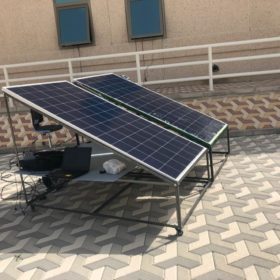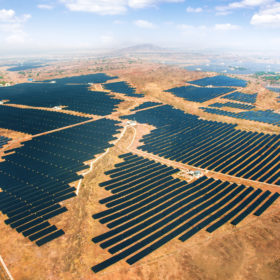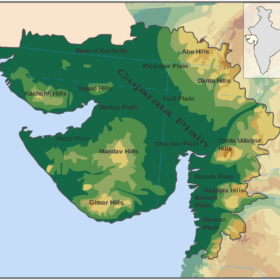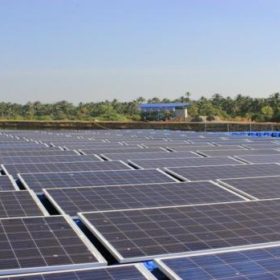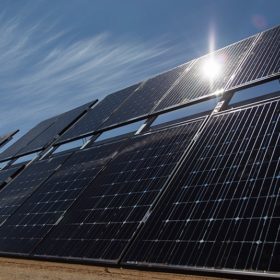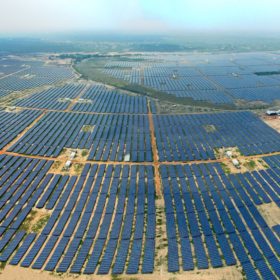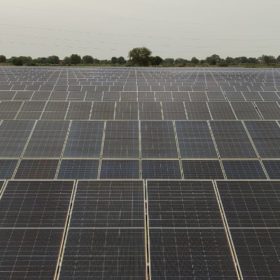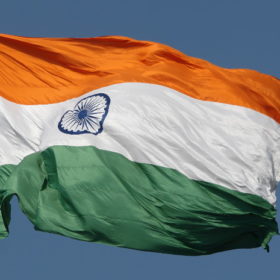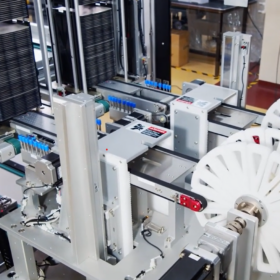Hyderabad International Airport adds a second 5 MW solar plant
With this, the GMR Hyderabad International Airport now has an aggregate 10 MW solar capacity operational for captive use.
Solar module cooling techniques for the desert
Saudi scientists have tested several cooling technologies for solar panels and have found that active techniques work better than passive ones under harsh climatic conditions. The most effective one consists of a system based on four heat pipes immersed in a box of liquid, as liquid bulk, integrated with the back of the solar panel.
NHPC tenders 600 MW solar EPC work in Rajasthan
The state-owned hydropower producer has already identified the land for the solar project in village Deora of the Jaisalmer district. It shall acquire the land on a long-team lease basis to develop the project.
NTPC to set up India’s largest solar park at Rann of Kutch
The state-run power producer will set up a 4.75 GW solar park at Rann of Kutch—a saline desert in the Indian State of Gujarat.
SECI tenders 100 MW solar in Chhattisgarh
Bidders have until September 9 to lodge their interest in engineering, procurement, and construction of a 100 MW solar project. The responsibility for the land arrangement lies with the installer.
Mahindra & Mahindra signs solar PPA with ReNew Sunlight
The company will purchase power from a 58 MW captive solar plant to be developed by ReNew Sunlight, a step-down subsidiary of ReNew Power.
The prospects for solar in a 1.5C world
We will need 10.7 TW of clean energy generation capacity this decade to stay on track with the most ambitious of the climate change paths agreed in Paris, which would include plenty of solar investment and jobs, according to the International Renewable Energy Agency.
India could add 8.5 GW of solar in FY2022
Solar capacity addition in the fiscal year 2021-22 will surge, led by a strong project pipeline. Tariffs will go up amid rising module prices but will remain competitive at below INR 3/kWh (US$ 0.040/kWh).
Jakson commissions 50 MW solar plant in Uttar Pradesh
The 200-acre solar plant is located in the Kheragarh district of Agra. It benefits from a 25-year, fixed-tariff power purchase agreement with Uttar Pradesh Power Transmission Corporation Limited.
IEEFA warns the financial risk for new coal under-estimated
A new IEEFA report says the levelized cost of energy (LCOE) for coal in India is calculated based on an overestimation of factors such as utilization rates. The deemed low cost per unit of energy makes coal-fired plants look more attractive to potential investors than these really are!

